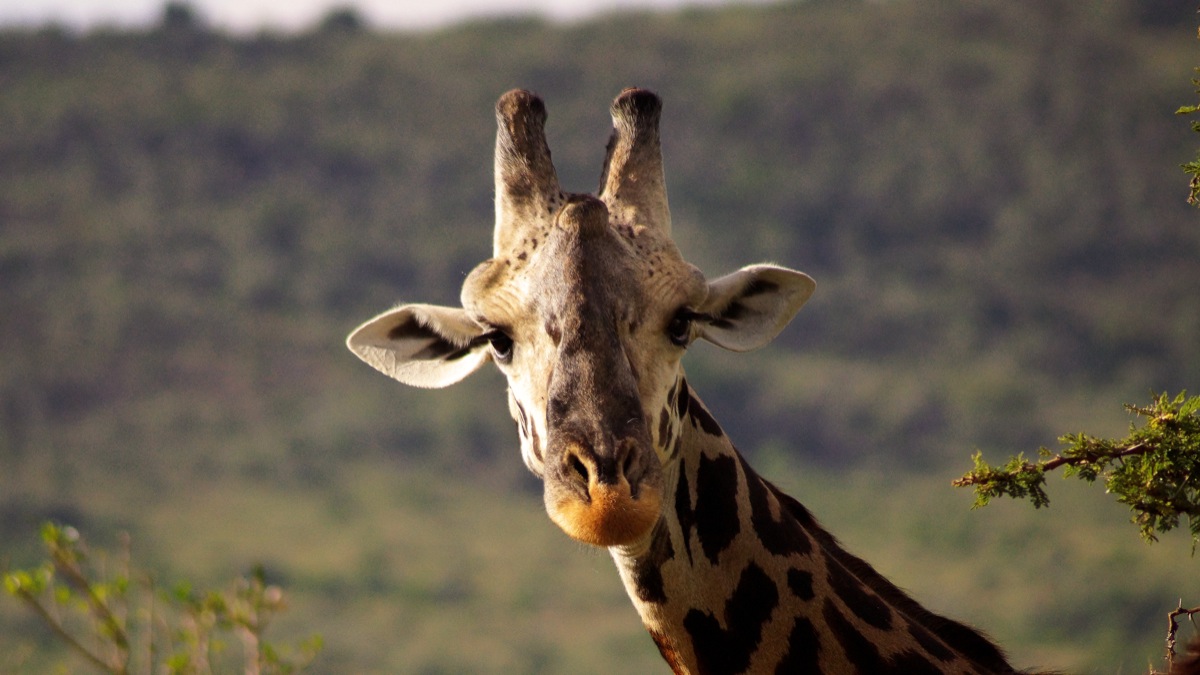2018: How does Giraffes respond behaviorally to human disturbance in their habitat?

MSc Student: Fenja Marie Vinther
Program: MSc., Department of Bioscience, Aarhus University
Supervisor: Professor Jens-Christian Svenning and guest researcher Maya Pasgaard, Department of Bioscience, Ecoinformatics and Biodiversity, Aarhus University
Period: October – December 2018
The aim of the study is to investigate how giraffes in Maasai Mara, Kenya responds to the presence of humans and livestock in their habitat.
Even though the giraffe is a very charismatic animal, it is only in the last 5-10 years the scientific world has started to focus on this species. And it was about time! In the last 30 years the giraffe has gone down by 36-40% and is now considered as a ‘vulnerable’ species according to the IUCN. The primary threats to the giraffe in Kenya are habitat loss due to development of agriculture and human settlements, poaching and human-wildlife conflicts. The human population is currently increasing rapidly, with an expected increase from 7.6 billion in 2017 to 11.2 billion in year 2100 globally, and approximately half of this increase will take place in Africa. This increasing population size will give rise to even bigger obstacles for the giraffe if we do not find a way to make an effective and realistic management plan and thereby ensure the stabilization of the species.
One of the most important factors in producing a management plan for the giraffe, is to determine in which conditions they thrive and thereby, which amount of human disturbance they can tolerate without experiencing decreased fitness. To investigate this, there will be conducted observations on different herds of giraffes and we will compare the behavior of herds from two types of habitat; high and low human disturbance. This will hopefully provide useful knowledge to the improvement of management planning for giraffes in Kenya.